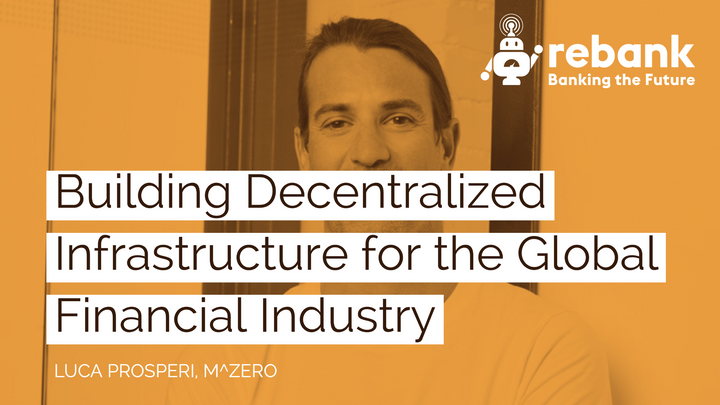5 Ways Banks Can Stay Relevant

This article was written by Sophie Guibaud, Vice President Europe at Fidor Bank
The rise of innovation within FinTech has been matched by an equal, if not greater, rise in customers’ expectations. Nowadays, customers tend to have a negative perception of bigger banks, who are widely known for poor customer service and, more shockingly, for weakening the trust between customers and the industry. This is happening worldwide, and the solution might be simpler than most banks imagine.
The root of the problem comes down to the lack of communication between banks and customers, with users scoring their overall experience unsurprisingly low. Millennials, in particular, are heavily influencing the future of banking. If banks don’t keep up, they may miss the world’s largest generation.
Mobile channels are becoming increasingly important. They allow agile FinTechs to deliver on what their customers value most. According to Efma’s World Retail Banking Report, 81.9% of consumers are experiencing higher customer satisfaction in digital banking through FinTechs. This is mainly driven by the ease of use, overall experience and service that new challengers provide in comparison to incumbent banks.
Traditional banking isn’t being phased out, but brick and mortar banks need to prioritise their transformation to regain customers’ trust and improve the overall banking experience. The road ahead is not an easy one and may present some challenges to overcome, but if successful, it will contribute to changing consumers’ perception towards big banks.
Here are a few simple steps that incumbent banks looking to stay competitive should follow:
1. Be open to direct feedback
As a bank, you should not only be open to direct feedback, but you should also have the proper procedures and platforms in place to receive it. If you don’t have this in place, how can you expect customers to take time out of their days to share their thoughts with you?
Recently, a Barclays customer told me how he had phoned customer service to share his views on one of their service features. He was surprised when he was told that there was no process to handle comments, only to deal with complaints.
To ensure that your bank doesn’t miss out on valuable feedback, you need to implement channels for customer input that effectively capture information and feed it directly to product teams who can implement quick changes and new development.
2. Transparency is key
Humans are social by nature. If you provide a platform for them to publicly share their ideas and opinions, you open the conversation up to a range of new potential contributors. It’s important that people have a chance to see how their views are being perceived by others, and the ability to do so increases participation.
At Fidor, we’ve built a community messaging system whereby customers can submit requests for new features and others can browse and endorse their ideas. Most importantly, we show customers when one of our staff has implemented their idea. This process generates a feedback loop in which ideas and concerns are not only expressed but also resolved.
3. Put your customers first
Often, banks focus far too much of their time on attempting to sell customers services they simply have no need for. Many banks’ online platforms feature blatant and intrusive advertisement of their offerings, including loans or other unnecessary financial products.
The idea of banks judging staff performance through sales targets is not only anti-customer, it's bad business. Instead, banks should pay more attention to levels of customer satisfaction and loyalty.
Banks should act in the interest of their customers to enable them to make better financial decisions, not to better the bank’s position. Once you’ve achieved this, take pride in the fact that you are setting your bank up for a bright and prosperous future.
4. Involve your customers
Offer your customers a chance to share their personal views about how you can improve your business – not as a marketing exercise but to shape the core of your company. You will create loyalty to your brand.
As mentioned in the previous point, customer involvement is intrinsic to how Fidor operates. We’ve leveraged our community to design our new instant transfer service, name our new MasterCard offering and much more.
Customer involvement can’t stop on the surface. We go so far as to set our interest rates in collaboration with our customers. Additionally, we ensure that we inform customers weeks ahead of implementing changes, allowing plenty of time for customers to provide feedback and for us to incorporate it.
5. Promote openness and feedback internally and externally
Responsiveness to feedback from customers shouldn’t stop once changes have been implemented. Information should flow through to the entire organization, which can learn and incorporate it in the future. Creating customer-centric core functions in your bank’s governance structure and incentive systems to promote customer happiness are two of the best ways to ensure customer satisfaction.
Can banks compete in the world of fintechs?
It’s not too late. Banks around the world can collaborate with and learn from smaller, more customer-friendly FinTechs. Customers are the key component of a bank’s future and must be treated as vested stakeholders rather than simply consumers of products and services.


